
The Besnard Lakes claim to be a dark horse. And while the cooing harmonies that open the album might seem to suggest otherwise, they quickly prove themselves to be a few shades more menacing than most of their indie rock counterparts.

The Besnard Lakes claim to be a dark horse. And while the cooing harmonies that open the album might seem to suggest otherwise, they quickly prove themselves to be a few shades more menacing than most of their indie rock counterparts.
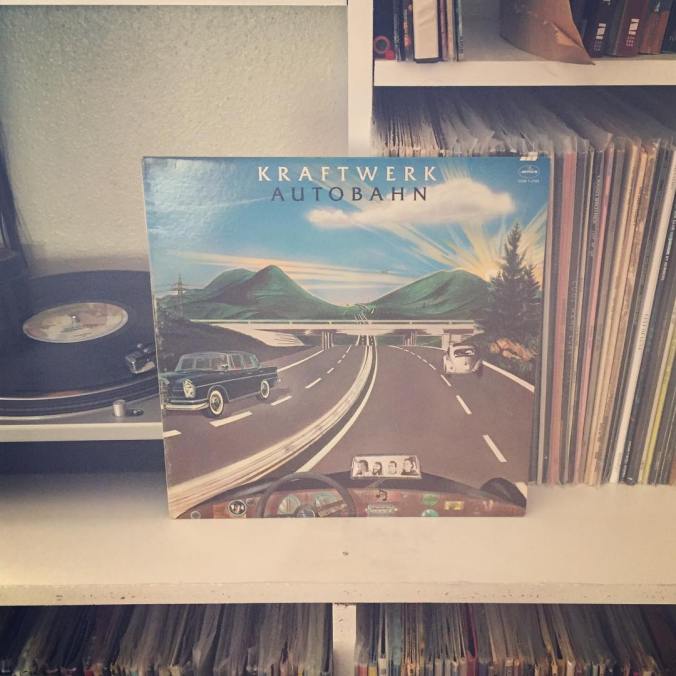 Before there was Daft Punk, there was Kraftwerk. The storied German electronica pioneers were playing with vocoders and pretending to be robots decades before the French duo picked up their LED-infused helmets.
Before there was Daft Punk, there was Kraftwerk. The storied German electronica pioneers were playing with vocoders and pretending to be robots decades before the French duo picked up their LED-infused helmets.
But Kraftwerk wasn’t always the inorganic collective they’re remembered for. And while Autobahn is the first album to feature their signature robotic sound, it doesn’t stay there forever.
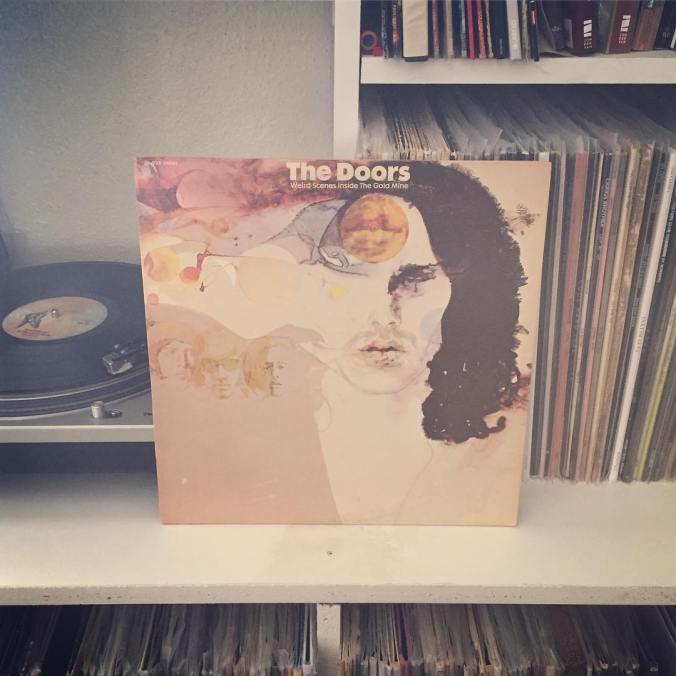 Generally, I’m not much of a fan of greatest hits compilations. I see little value in stripping songs from the context of their albums.
Generally, I’m not much of a fan of greatest hits compilations. I see little value in stripping songs from the context of their albums.
But when you’re dealing with a catalogue as varied and inconsistent as The Doors’, a bird’s eye view can be a valuable thing. Continue reading

Psych-rock pioneers though they may be, The Doors are largely maligned in music snob circles.
And none of their albums are more maligned than 1969’s The Soft Parade.
Even as a Doors fan, I have passed up every copy of this record I have ever seen. But Monday morning, a friend of mine handed me a stack of records, with this among them.
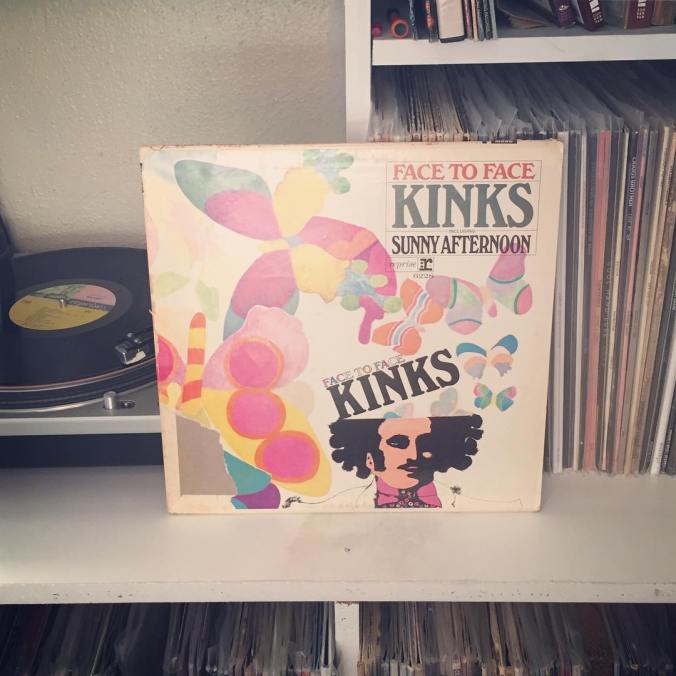
Perhaps no one in pop music history has been treated as unkindly as the Kinks. But despite being blacklisted by American venues and losing the interest of record companies stateside, they continued to create absolutely beautiful music.
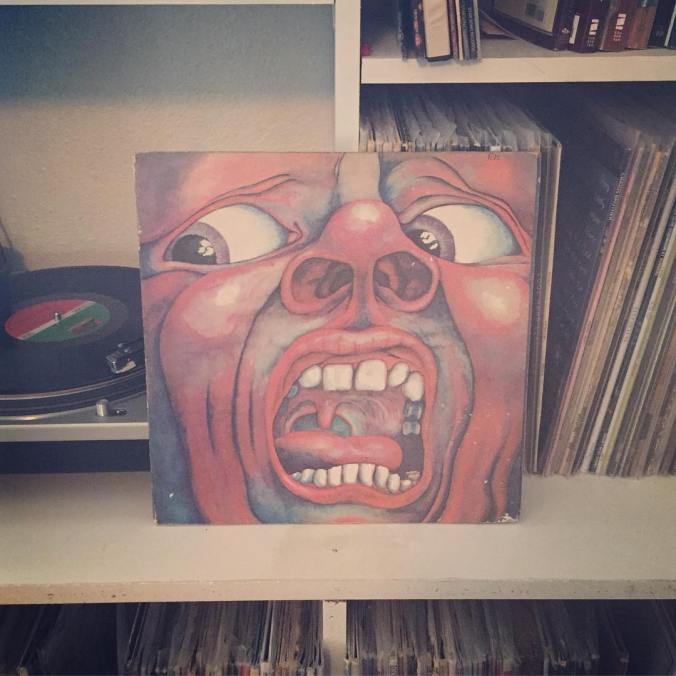
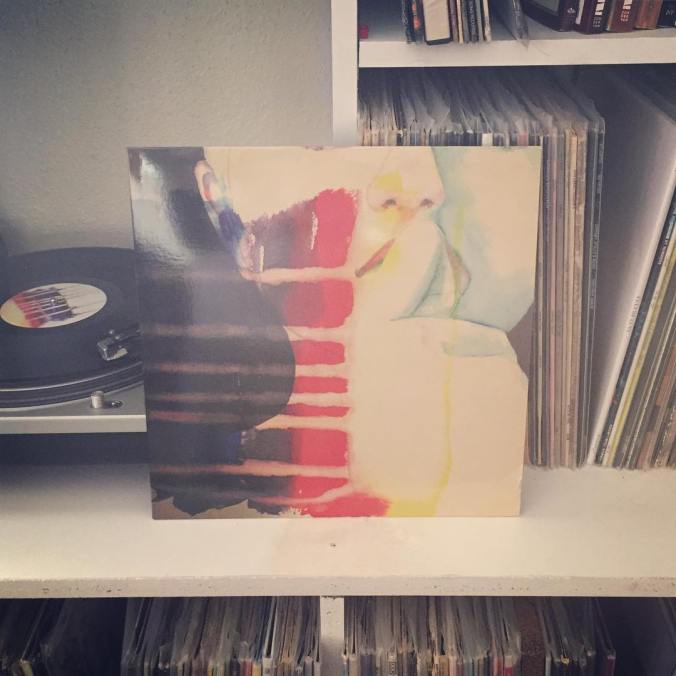
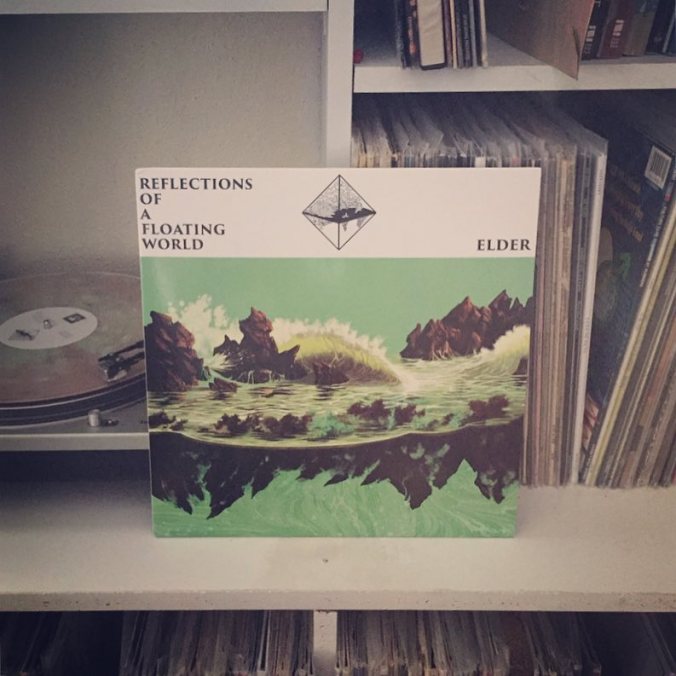
But Fleet Foxes were not satisfied to float on the rising deluge of their copycats. Instead, their sophomore outing found them turning inward. Anyone looking for anything as bouncing and immediate as “White Winter Hymnal” was sorely disappointed. Rather, the tracklist was filled with ominous baroque opuses. Songs took unexpected twists and turns, ending up in very different places than they started (see: the eleven minute “The Shrine/An Argument,” “Helplessness Blues”). If Fleet Foxes was the sound of vagrants playing guitar in the woods, Helplessness Blues was the chants of a group of prophets standing on the ocean’s edge forecasting the end of days.
And yet, Helplessness Blues seems almost poppy compared to Crack-Up.
In the six years since Helplessness Blues, the promised apocalypse came. And Fleet Foxes is right in the middle of it.
This album is less Helplessness Blues’ chameleon than a cuttlefish. Helplessness Blues’ colors shifted, but slowly. Crack-Up is a constant flash of transforming hues.
Keys change between lines of a verse. Choruses appear once and are contorted on their coda. Tracks fade between eachother without stopping to breathe. Which sometimes makes it confusing, as many of the tracks play like many songs played as a medley.
This is far and away the most ambitious thing Fleet Foxes or any of their contemporaries have done. This is the headier moments of their previous albums stretched into a full-length.
When their debut landed on us, I often described Fleet Foxes as “folksy Beach Boys.” If their self-titled was Pet Sounds, this is their Smile. An album that features all the same colors, but arranged in a massive baroque pop suite that is as inviting as it is impenetrable.
*(yes–Fleet Foxes’ first EP was released eleven years ago)
